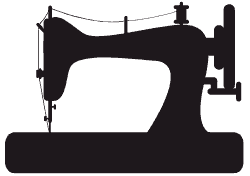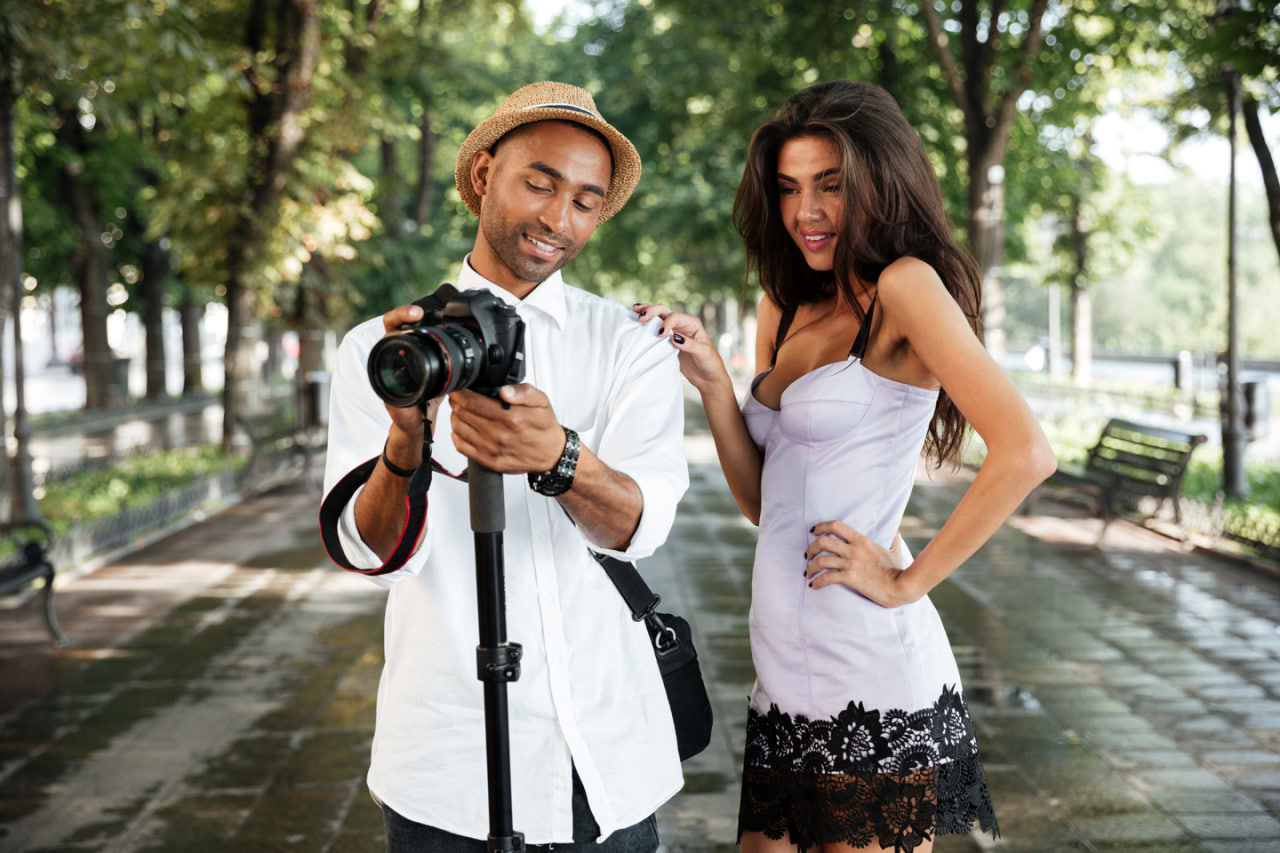The Best Photography Gear for Beginners on a Budget
Getting into photography doesn’t have to mean spending thousands of dollars on professional equipment. With so many affordable and high-quality options available today, beginners can start their journey without breaking the bank. The key is to focus on gear that offers flexibility, ease of use, and good performance for the price. Whether you’re interested in portraits, landscapes, street photography, or everyday shots, you can build a solid kit that grows with you.
Choosing the Right Camera
When starting out, it’s important to choose a camera that balances affordability with functionality. You don’t need the latest model or the highest megapixel count. Instead, look for a camera that allows manual control, interchangeable lenses (if possible), and decent low-light performance.
Mirrorless and DSLR cameras are both great options. Entry-level DSLRs like the Canon EOS Rebel T7 or Nikon D3500 are reliable and beginner-friendly. On the mirrorless side, options like the Sony Alpha a6000 or Canon EOS M50 offer compact size, good image quality, and versatility.
Don’t overlook used or refurbished gear. Reputable retailers and camera stores often sell certified used equipment that functions like new for a fraction of the price.
Lenses: Where It Really Counts
Lenses have a greater impact on image quality than the camera body itself. Most starter kits come with a basic zoom lens like an 18-55mm. While this is fine for learning, investing in one additional lens can really improve your results.
A 50mm f/1.8 prime lens is one of the best budget upgrades for beginners. It’s affordable, sharp, and great for portraits, food, street scenes, and low-light photography. Canon, Nikon, Sony, and other brands all offer budget-friendly versions of this lens.
If you’re interested in landscape photography, consider a wide-angle lens or an 18-135mm for more zoom flexibility.
Tripod: Stability on a Budget
A tripod is essential for long exposures, night photography, self-portraits, or shooting in low light without blur. You don’t need a heavy-duty model. Look for a lightweight, adjustable tripod that can support your camera and offers a ball head for flexibility.
Brands like AmazonBasics, Manfrotto, and Neewer offer reliable budget models. Check reviews to ensure stability and durability.
Memory Cards: Speed and Reliability
You’ll need at least one memory card, but ideally two or more, especially if you shoot in RAW. Look for a Class 10 or UHS-I SD card from a trusted brand like SanDisk or Lexar. A 32GB or 64GB card offers enough space for hundreds of high-quality images.
Don’t buy no-name cards—they’re often unreliable and can lead to lost photos or file corruption.
Camera Bag: Protecting Your Gear
A padded camera bag keeps your gear safe and organized. Look for a lightweight, water-resistant model with adjustable compartments. Backpack styles are great for travel and outdoor shooting, while shoulder bags are convenient for city and event photography.
Budget-friendly options from Lowepro, Case Logic, or AmazonBasics work well for beginners.
Editing Software: Free and Affordable Tools
Post-processing is part of modern photography. While Adobe Lightroom is the industry standard, it requires a subscription. Luckily, there are several great alternatives.
Free programs like Darktable and RawTherapee offer powerful editing tools for RAW files. If you’re open to a one-time purchase, Affinity Photo is an excellent budget-friendly alternative to Photoshop and Lightroom.
Mobile editing apps like Snapseed and Lightroom Mobile are also useful for quick edits on the go.
Extra Batteries and Charger
One battery often isn’t enough, especially if you’re shooting for a full day. Buy at least one spare battery—preferably from the camera manufacturer to ensure compatibility. Some third-party batteries are cheaper but may not last as long.
A dual battery charger can help you charge two batteries at once and is useful for travel or long shoots.
Lens Cleaning Kit
Dust, fingerprints, and smudges can ruin a great shot. A basic lens cleaning kit includes a microfiber cloth, lens cleaning solution, a soft brush, and a blower. It’s inexpensive and keeps your lenses and viewfinder clear and sharp.
Smartphone Accessories
If you’re not ready to buy a camera, start with your smartphone. Modern phones have excellent cameras, and you can enhance them with accessories like clip-on lenses, small tripods, and Bluetooth shutter remotes.
Using your phone is a great way to practice framing, exposure, and composition before upgrading to a dedicated camera.
Don’t Buy Everything at Once
It’s tempting to build a full kit right away, but it’s better to grow your gear gradually. Start with a camera and one good lens. Spend time learning how to use them fully before deciding what to add next. This approach not only saves money but also helps you understand what type of gear you actually need for your style.

